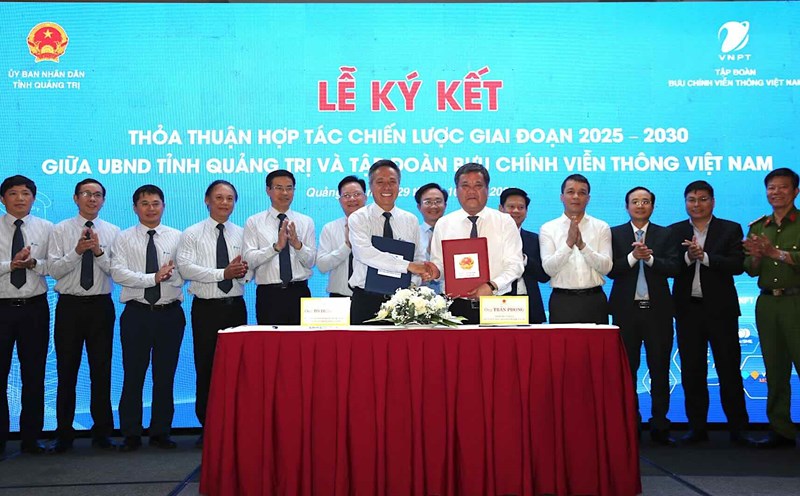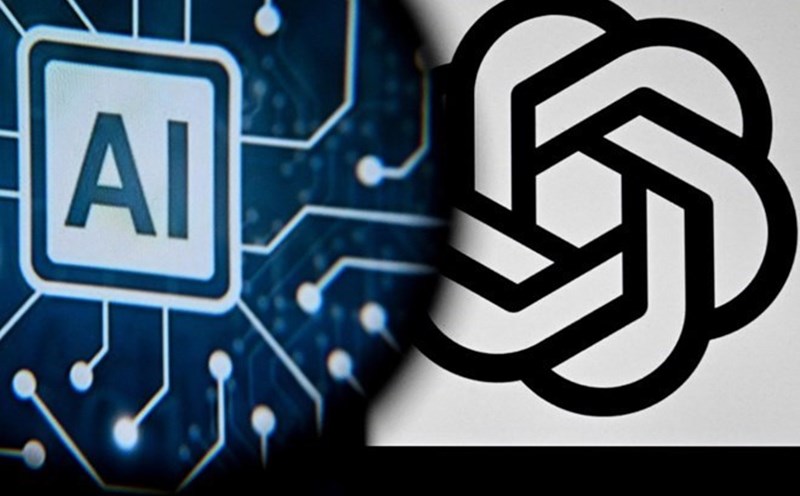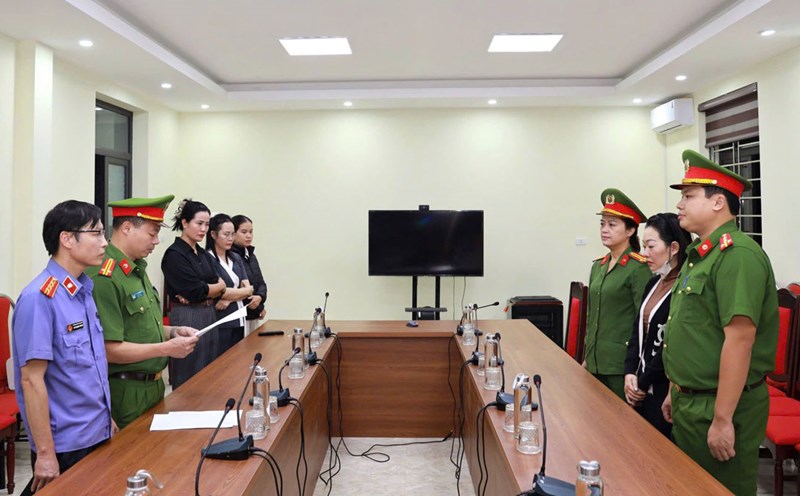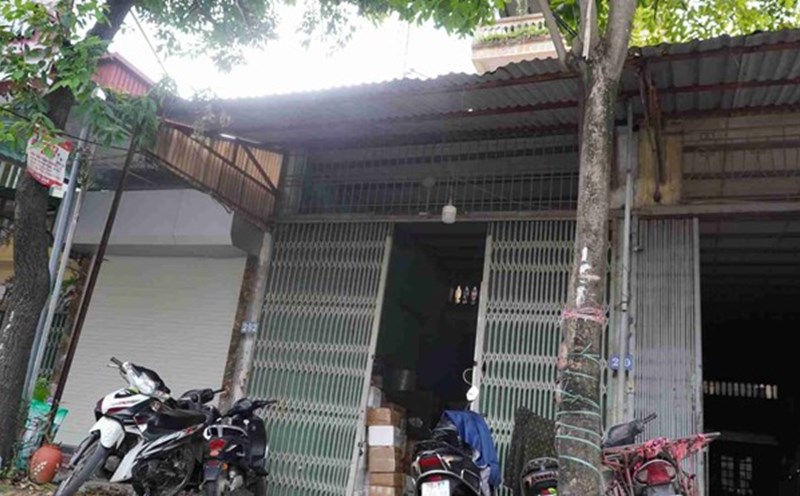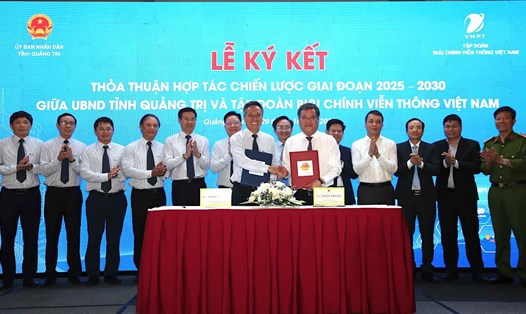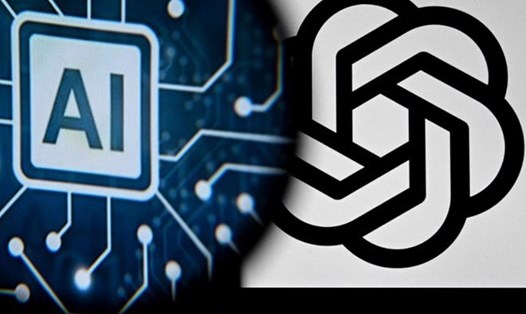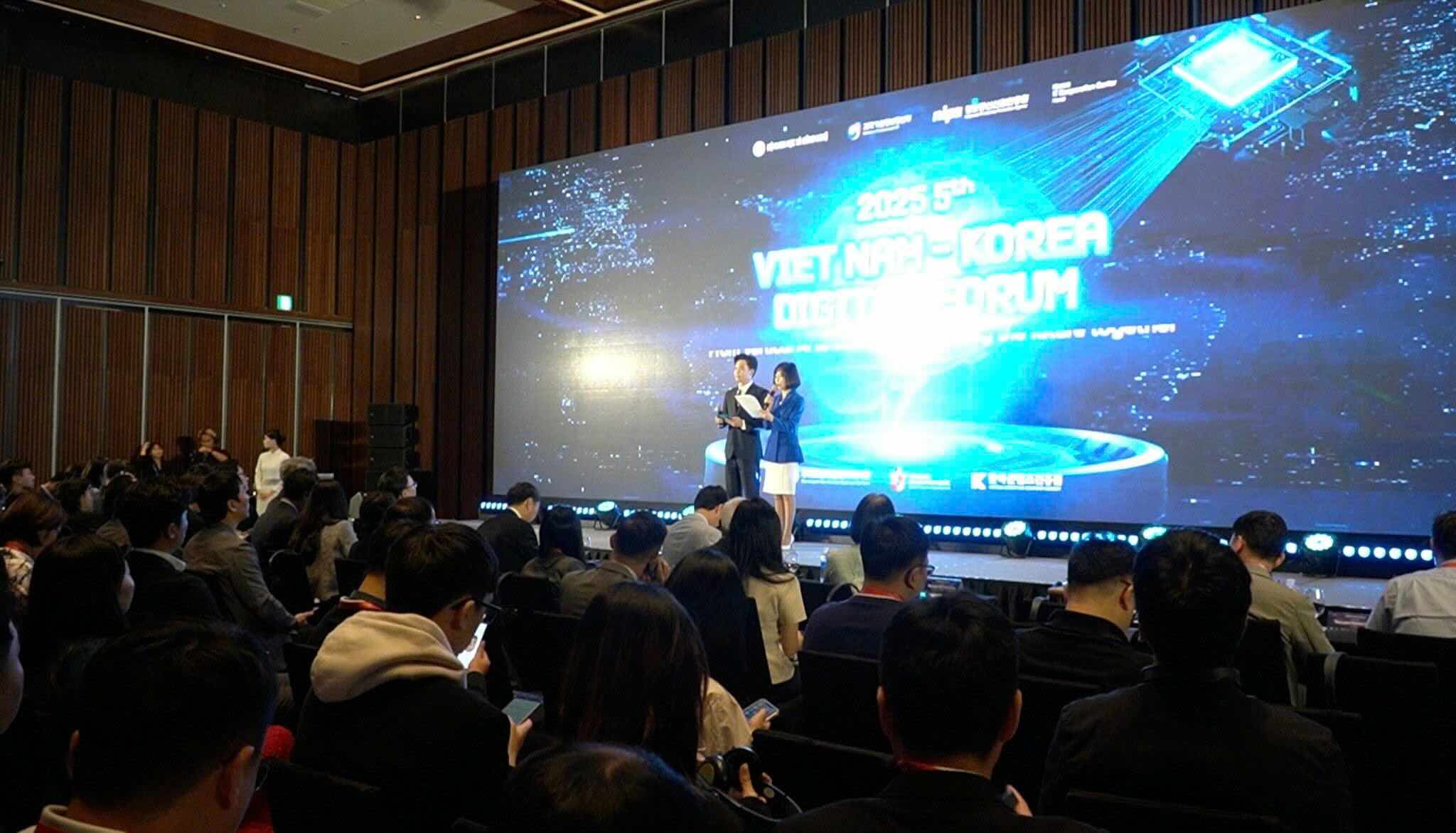
From global paradox to the desire to master AI
Speaking at the Forum, Mr. Ho Duc Thang - Director of the National Institute of Digital Technology and Digital Transformation (Ministry of Science and Technology) said that AI is no longer a technology of the future but has become the driving force of the present, reshaping the entire digital ecosystem.
The Internet took 7 years to reach 100 million users, while ChatGPT only took 2 months. In 2023, 55% of global businesses applied AI; by 2024, this number had increased to 75% - this is proof of unprecedented growth rate.
But along with that explosion are two global paradoxes. On the one hand, the cost of using AI has decreased by 99.7% in just 2 years, helping this technology to become popular quickly. On the other hand, the cost of training and developing AI models has increased by 2,400 times in 8 years, causing only a few large technology corporations to be able to create platform models, while most users only stop at the application level.
The second paradox comes from the data source itself. Mr. Thang warned that the world is getting closer to the " Data Wall" - when a high-quality human-generated data warehouse could run out in the period of 2026-2032. If AI has to learn from data generated by itself, the risk of "model degradation" will become a serious problem.
In that context, Vietnam is witnessing an aspirational "AI fever". In just 2 years, AI has stepped out of the academic framework to become a tool for daily work. 88% of knowledge workers in Vietnam said they have used AI to create labor, higher than the global average (75%). Large corporations such as FPT, Viettel, VinAI not only apply but also develop their own large language models. The domestic AI startup ecosystem has also increased 4.5 times in just 3 years.
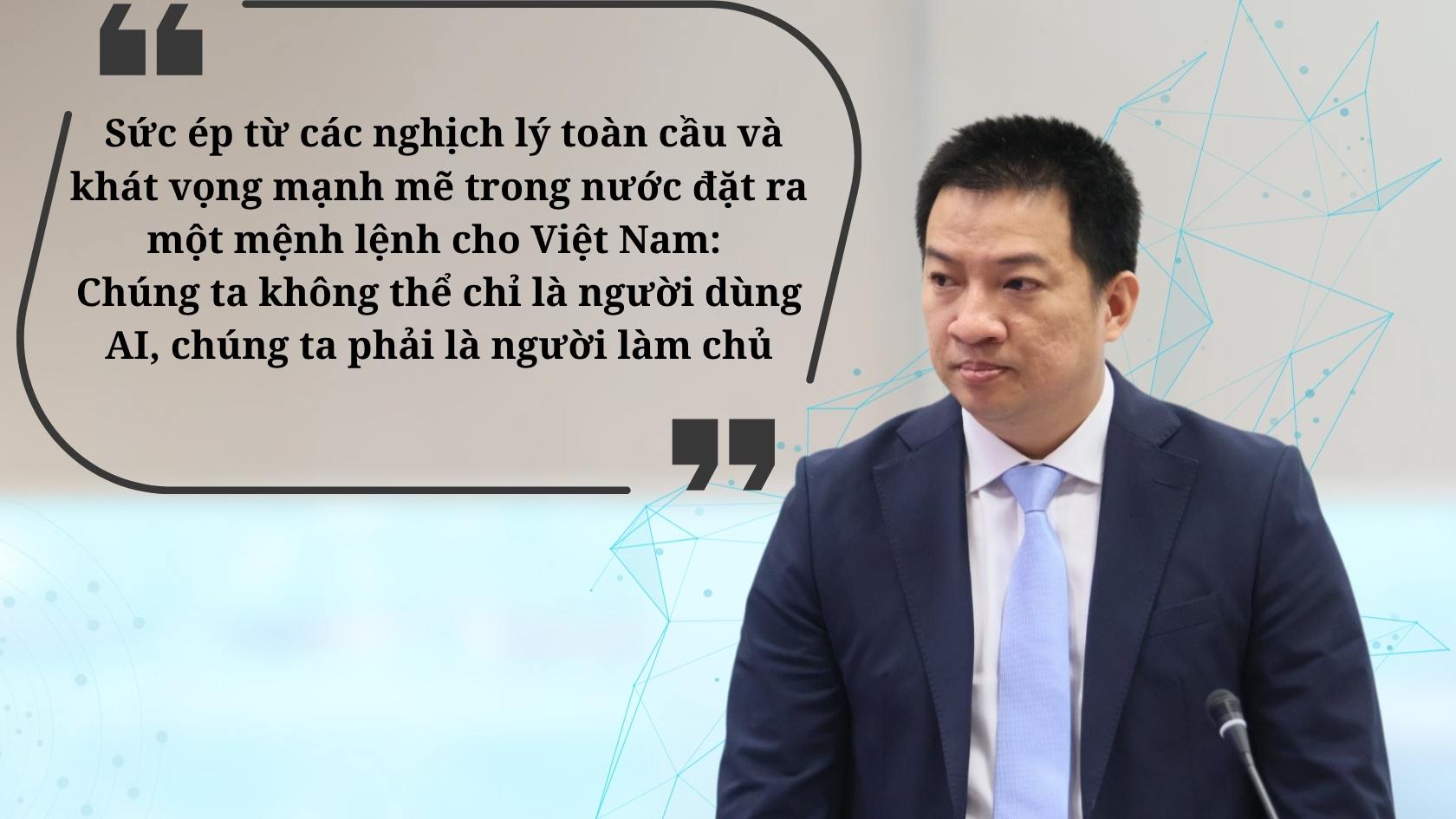
We cannot just be AI users, we must be the ones to master, Mr. Thang emphasized, and said that the Government is urgently updating the National Strategy on AI to 2030 with a both practical and breakthrough approach.
The vision to 2045 aims to put Vietnam in the top 10 countries in the world in AI development and application, contributing to improving the quality of life of people and modernizing social governance.
By 2030, Vietnam strives to be in the Top 3 ASEAN and Top 20 globally in AI application, forming at least 10 AI brands "Make in Vietnam"; developing a team of 50,000 AI engineers, building a data infrastructure with a total minimum capacity of 1GW along with two national high-performance computing centers (HPC); at the same time, achieving 100% of online public services applying AI and all civil servants supported by virtual assistants.
5 strategic pillars shaping Vietnam's AI future
According to Mr. Ho Duc Thang, to realize this vision, Vietnam does not choose to race with global AI super models but focuses on building a strategy based on 5 pillars of the platform, in which open data, human resources and international cooperation are the "key".
Infrastructure and data will be strongly invested in, aiming to form 2 national HPC centers and a shared data system capable of sharing with the research community, universities, startups and small businesses. More importantly, these resources will be opened and provided at reasonable costs, even free of charge, to encourage all components of solving Vietnam's AI problems. With the spirit of "AI for everyone", the new strategy identifies the goal of inclusive AI - allowing technology to penetrate all areas of life.
The Director of the National Institute of Digital Technology and Digital Transformation said that people are at the center of all policies. Vietnam will build a comprehensive AI training roadmap - from high school to university, combining "learning while working", training existing labor force and issuing policies to attract domestic and foreign talents. Along with that, the Government is studying the establishment of a National AI Development Fund, supporting both research and application through the "AI voucher" mechanism - a financial document that helps businesses deploy the first AI solutions, reducing cost barriers.
The final pillar is to master technology and build a Vietnamese AI ecosystem. Instead of participating in the huge general model race, Vietnam focuses on specialized AI models (vertical AI); developing major languages specifically for Vietnamese and Vietnamese culture to ensure technological sovereignty and national digital identity. The Make in Vietnam applications will focus on areas of Vietnam with strengths and urgent needs such as healthcare, education, agriculture and finance.
Along with domestic efforts, Vietnam considers Korea a comprehensive strategic partner in AI development. Mr. Ho Duc Thang called on the two countries to strengthen cooperation in 3 directions: investing in data centers and AI infrastructure in Vietnam; jointly developing specialized AI solutions for the 100 million people market; and expanding research and human resource training through a network of research institutes and universities of the two countries.
According to Mr. Thang, the combination of Korea's technological strengths, capital and experience with a dynamic market, young forces and strong political determination will create breakthrough value. Vietnam and South Korea will together turn vision into reality - together shaping the future.

